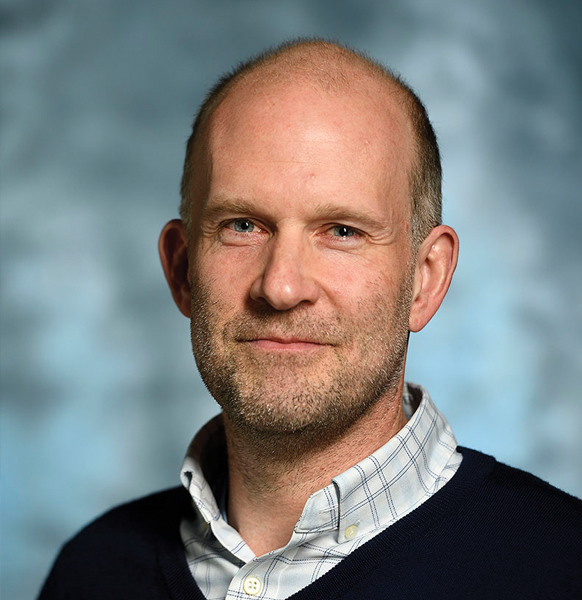
Image caption:
Greg Rienzi
Editor
Adversity can be a powerful catalyst.
I recently sat down to watch Nyad, the 2023 film depiction of athlete Diana Nyad who, at the age of 60, committed to achieving her lifelong dream: a 110-mile open ocean swim from Cuba to Florida. She attempted the feat three decades earlier, fell short, and effectively retired from marathon swimming. Then in 2010, she committed to giving it another go. Set aside the endurance element; she also had to contend with sharks, currents, the potent (and potentially fatal) venom of box jellyfish, and Mother Nature's wrath. Despite several failed attempts—and a run-in with a swarm of jellyfish—she persevered and triumphed, at age 64.
This level of adversity might have discouraged many others, but Nyad's resolve only grew. Adversity also has a way of offering new perspectives. It certainly did for Johns Hopkins trauma surgeon Joseph Sakran, profiled in this issue. Sakran had adversity come at him in the form of a .38-calliber bullet that almost took his life at age 17. He healed and then made it his life's mission to heal others. Later, when he became the target of social media attacks for his stance to stop gun violence, he resolved to make a difference and founded This Is Our Lane, a voice for medical professionals united against firearm death and violence.
Our adversity doesn't have to define us. Rather we can use it to push ourselves beyond our self-imposed limits. We hope you enjoy this issue.

Greg Rienzi
Editor
Give us your feedback by sending a letter to the editor via email to jhmagazine@jhu.edu. (We reserve the right to edit letters for length, style, clarity, and civility.)







